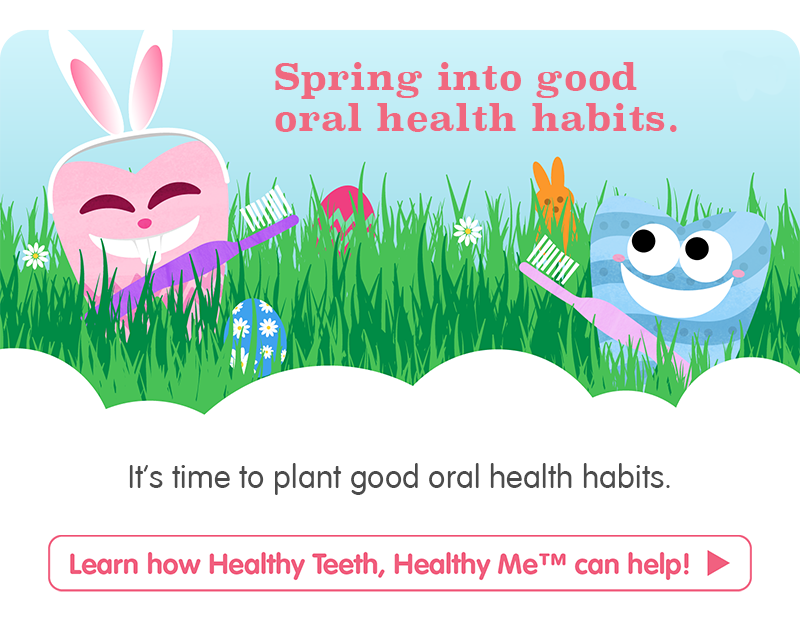October is dedicated toward highlighting the importance of proper oral hygiene. Ironically, the national holiday celebrating the significant work of dental hygienists across the country happens to share the spotlight with National Candy Corn Day and Halloween. This is obviously a clear contrast to everything members of the dental field strive to promote during National Dental Hygiene Month, especially with the youngest children they treat.
Enjoying candy during October is a national tradition in the United States. Piles of miniature chocolate bars, candy corn and sweets can be found just around every corner. When consumed in large quantities, and without frequent brushing, the rate of tooth decay can multiply quite rapidly, leading to problems as quickly as 20 minutes after a treat is eaten.
“By no means are we asking parents to stop young children from enjoying candy during Halloween,” says Melissa Avant, Regional Director for the First Things First Cochise region. “We simply want parents to consider less-damaging options for their little ones to enjoy when trick-or-treating, such as dark chocolate or nutty candy bars.”
Dentists have determined there are certain types of Halloween candy that are worse for children’s teeth than others. A good rule of thumb to follow is that if the candy is sour, hard, gummy or sticky, you should be extra picky. This rhyme can help parents remember which treats to allow in moderation this October and heading into the holiday season.
Some of the unhealthiest culprits are lollipops and hard candy, which for one, can actually break children’s teeth if not eaten carefully. These candies also remain in the mouth for long periods of time enabling cavity-causing bacteria to grow and spread like wildfire.
Another fan favorite, among children and adults alike, are gummy candies. Regardless of the shape taken, from gummy worms and bears to sharks and pumpkins, these chewy treats can get trapped in between and on the backside of teeth unbeknownst to the person enjoying the candy. This stickiness also speeds up the process of tooth decay and can cause problems if brushing and flossing doesn’t occur shortly thereafter consumption.
Last, but not least are sour candies. The acid in these goodies can break down tooth enamel and weaken teeth, leaving them more susceptible to tooth decay. Additionally, certain sour candies can burn gums and cheeks because the acidity is extremely high and pH balance is so low.
“It’s important to note that sugar is a catalyst causing bacteria in a child’s mouth to produce acid,” Avant says “So, when bacteria breaks down the sugar in candy, the resulting acid starts eating away at tooth enamel, which cannot be rebuilt.
“Depending on the type of candy eaten, that process can last for almost an hour. This means if a child eats just one piece of candy every half hour throughout the day, the tooth decay will become an ongoing and significant problem,” she says.
The fact that National Dental Hygiene Month occurs in October is a subtle reminder for parents to limit sugar, and to encourage thorough teeth brushing for two minutes, two times a day. It’s also an extremely smart idea to have kids brush directly after sweets are consumed to better combat tooth decay in young children.
#HealthyTeeth #HealthyTeethHealthyMe #Halloween2019 #NationalDentalHygieneMonth #TeethbrushingTips #ParentingTips #HappyHalloween #CochiseCounty


